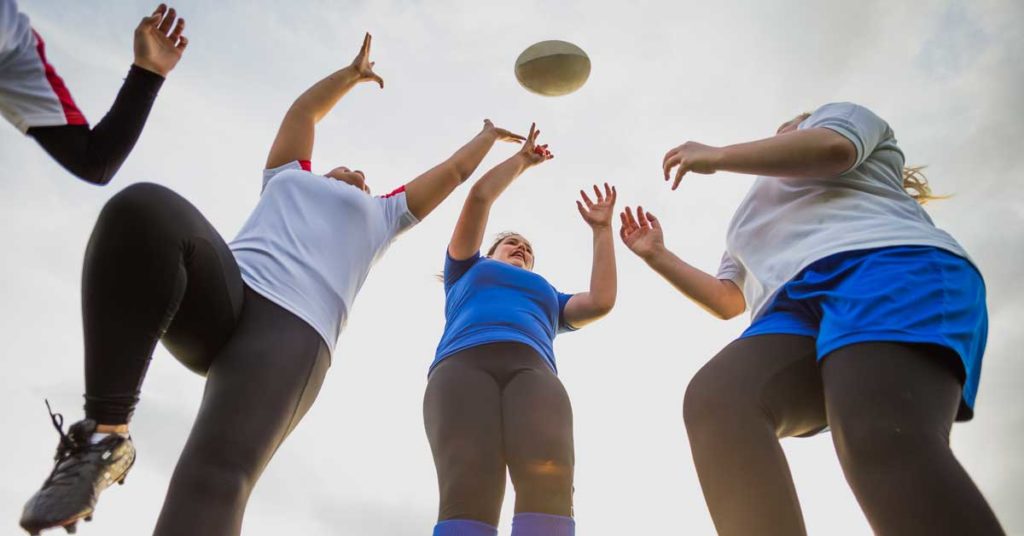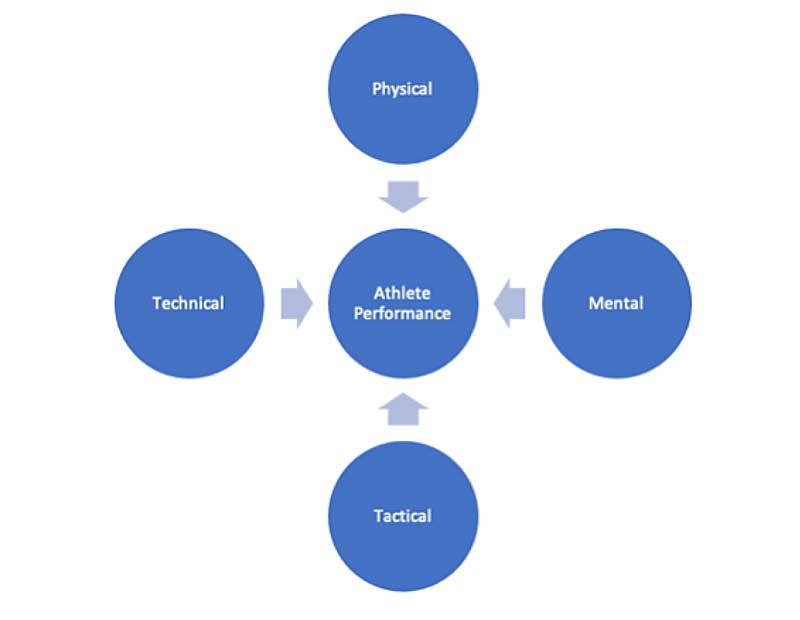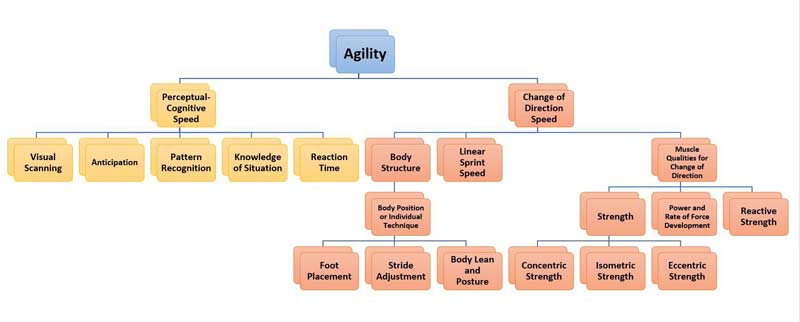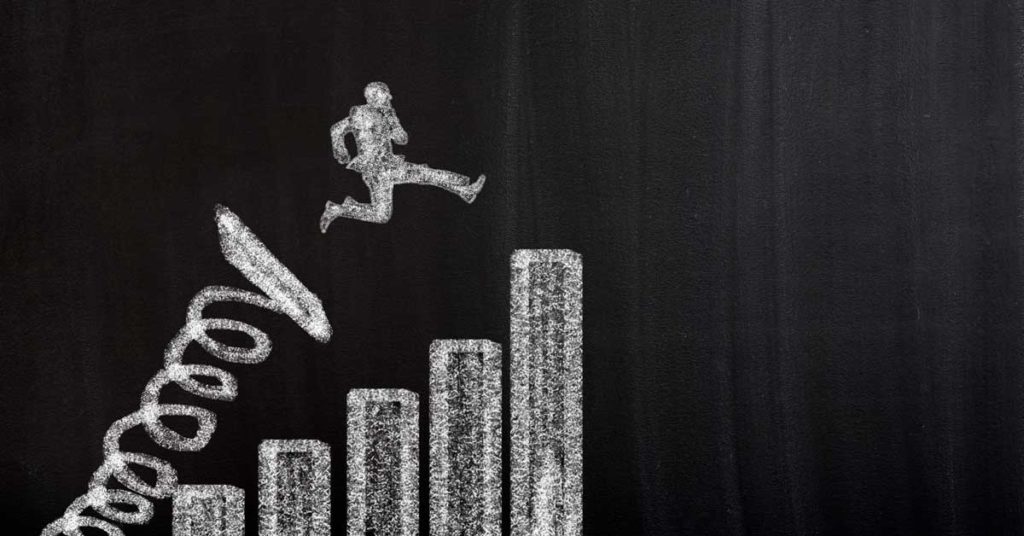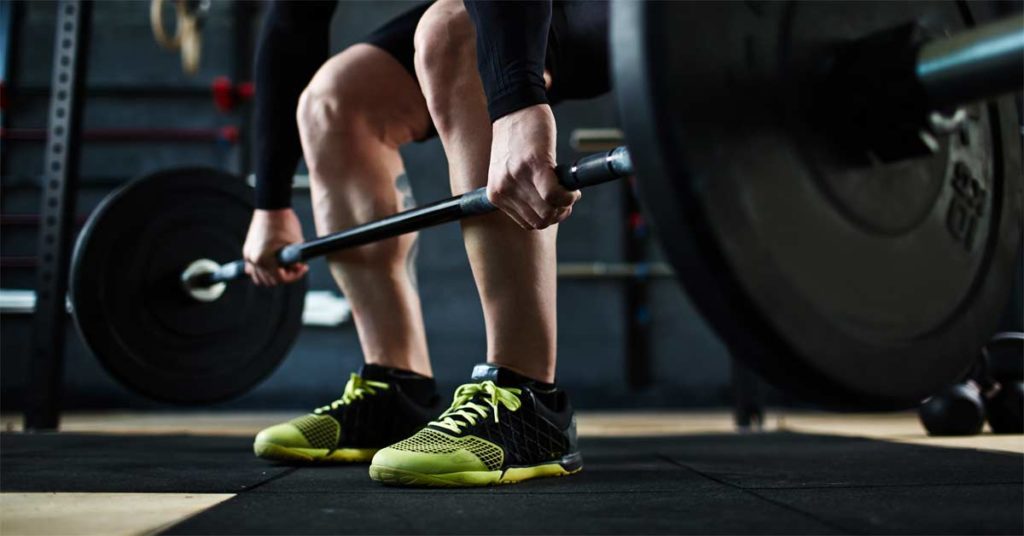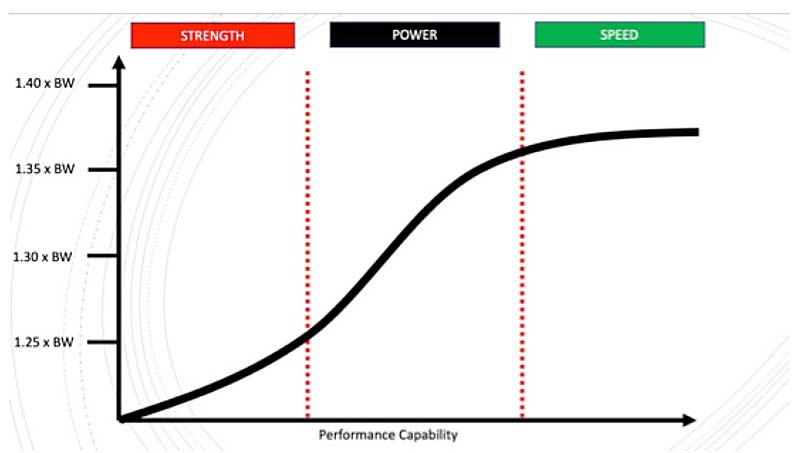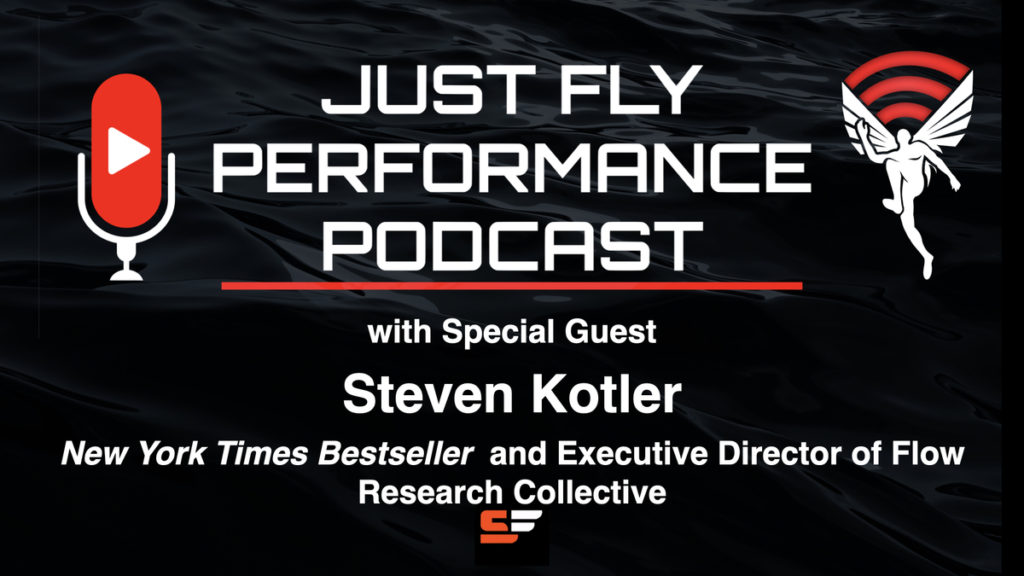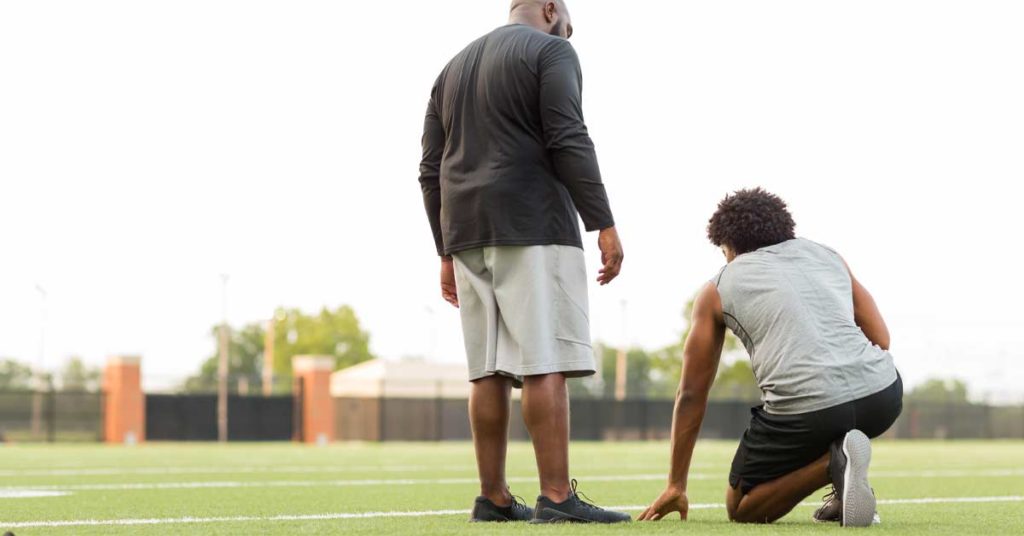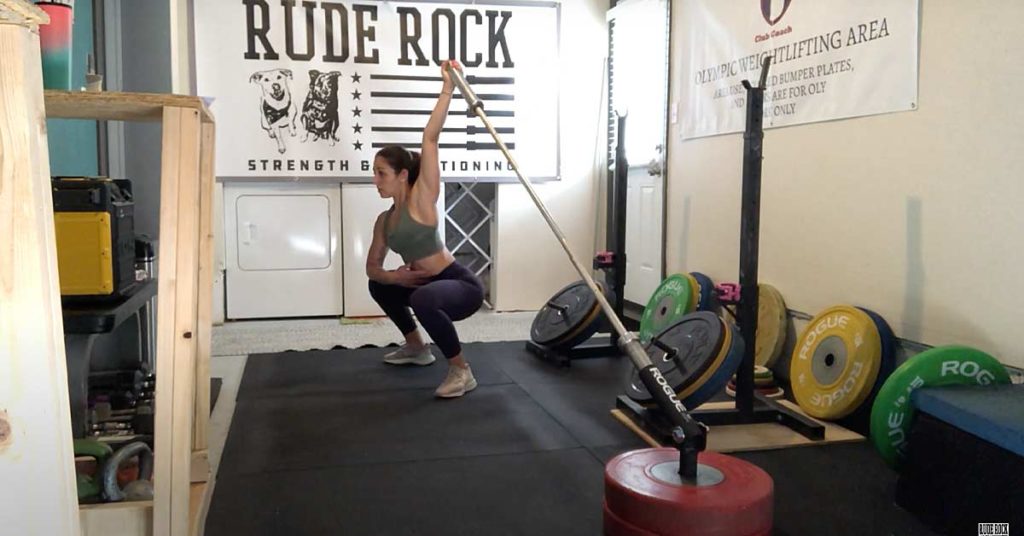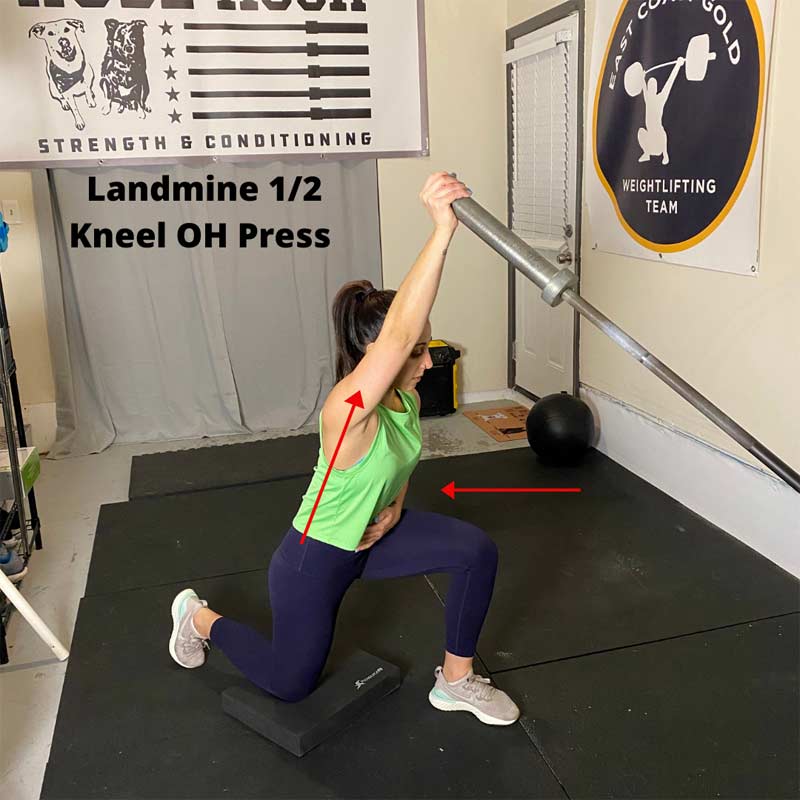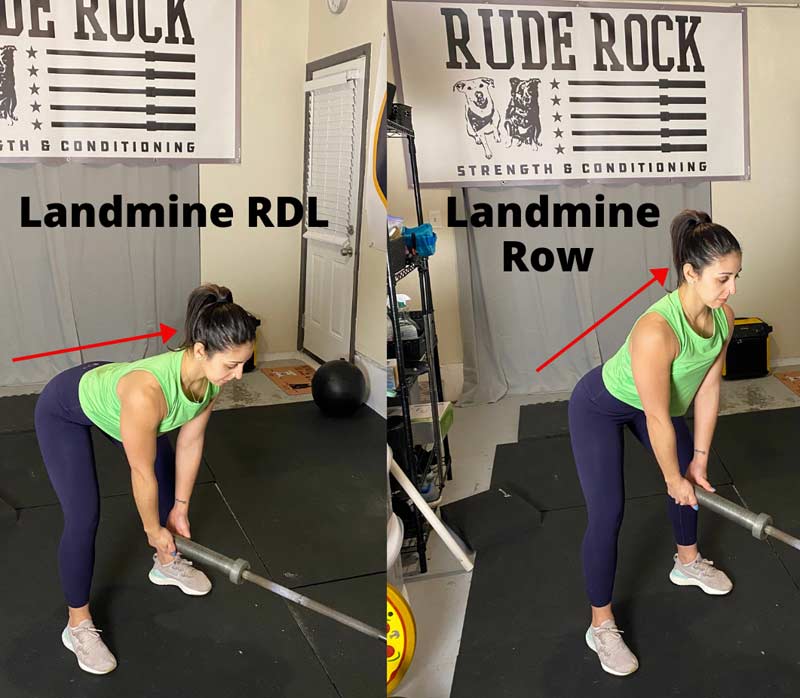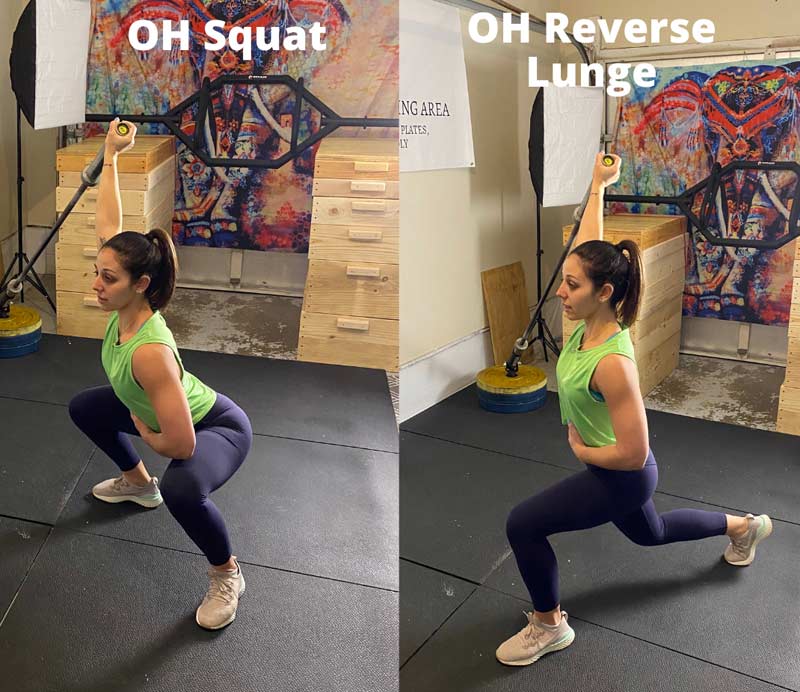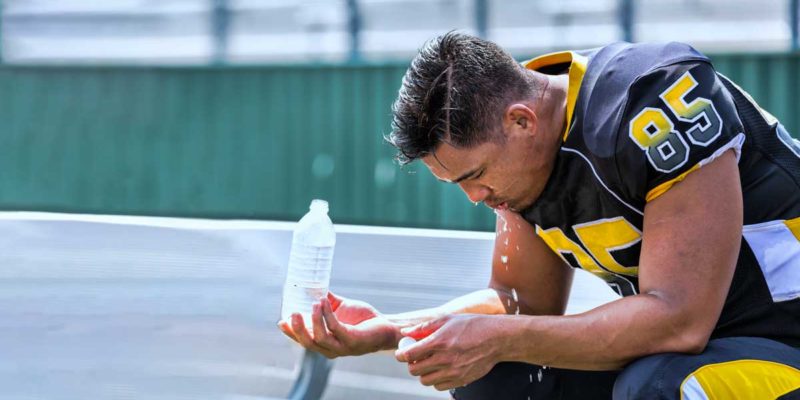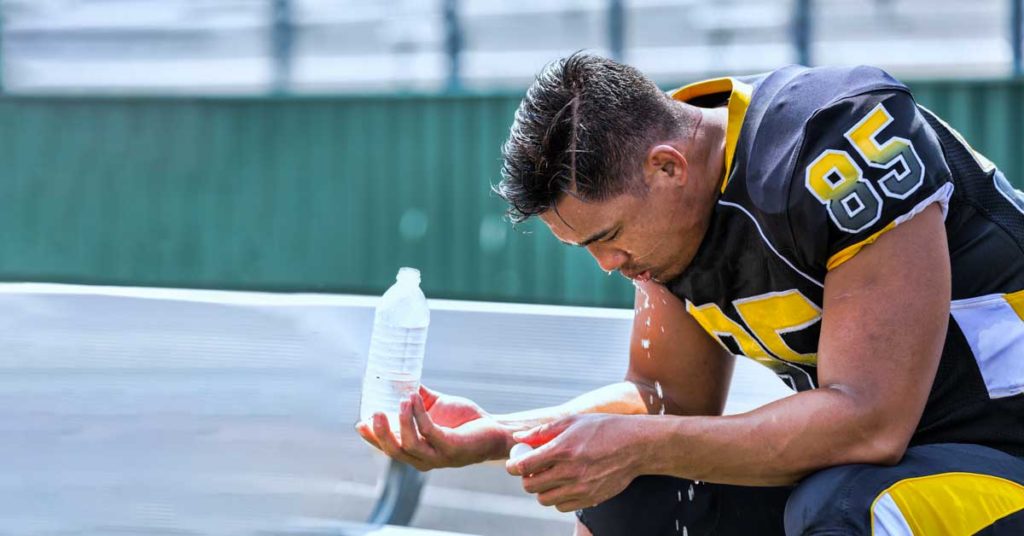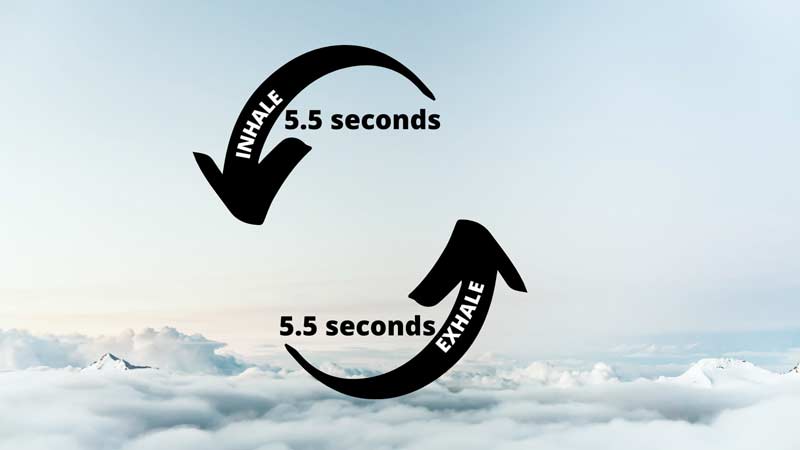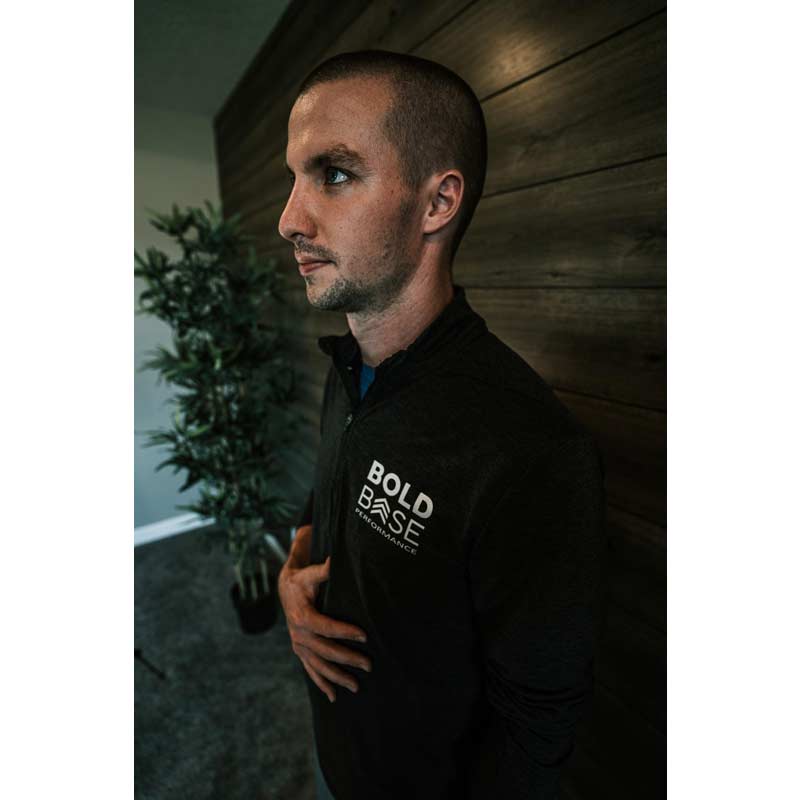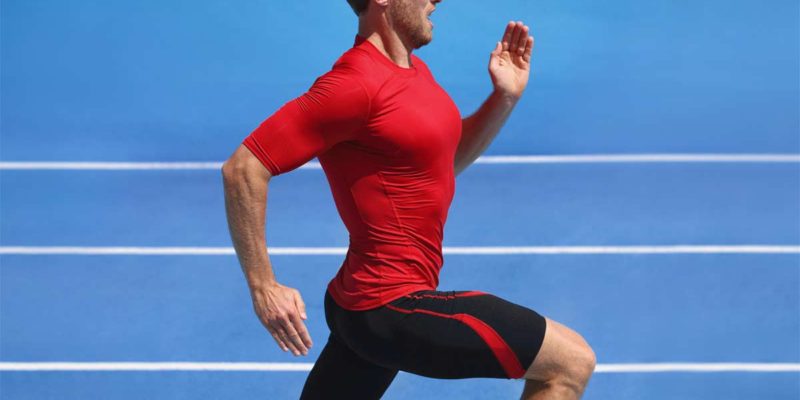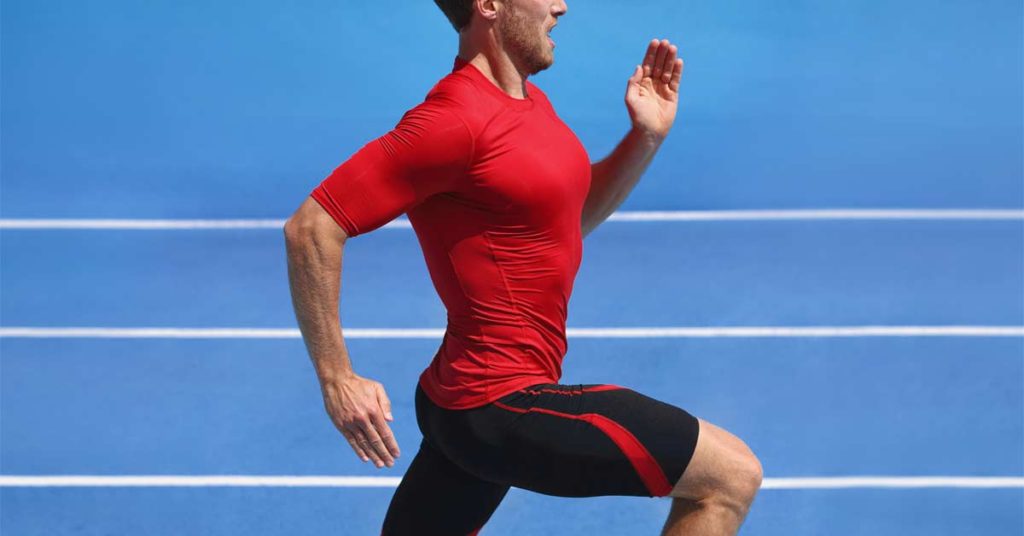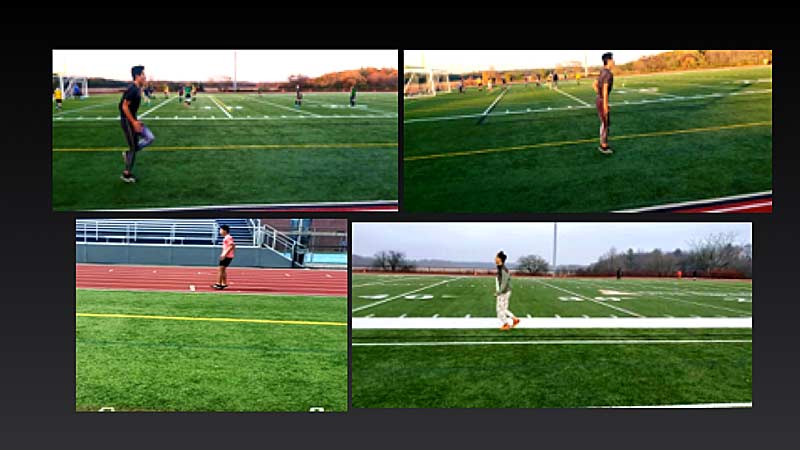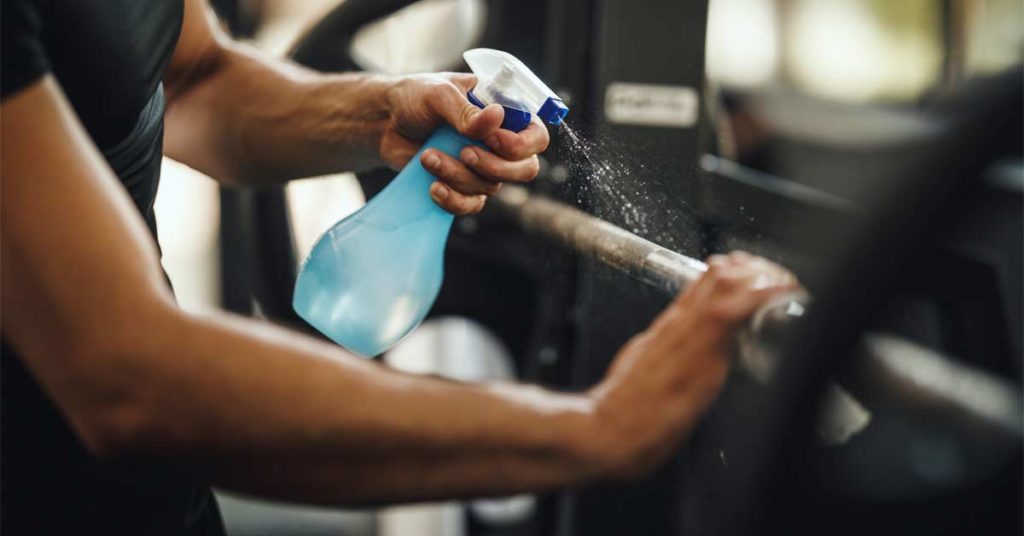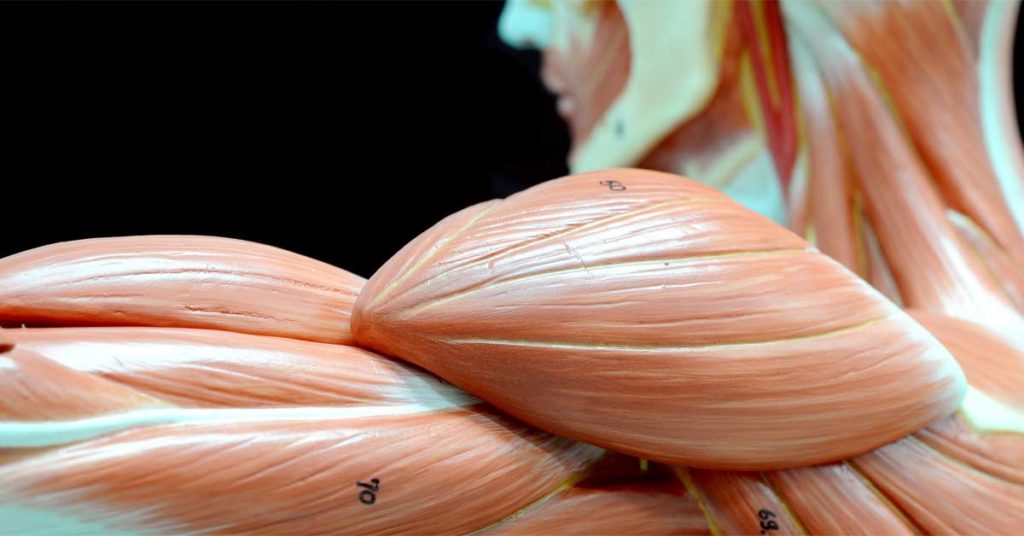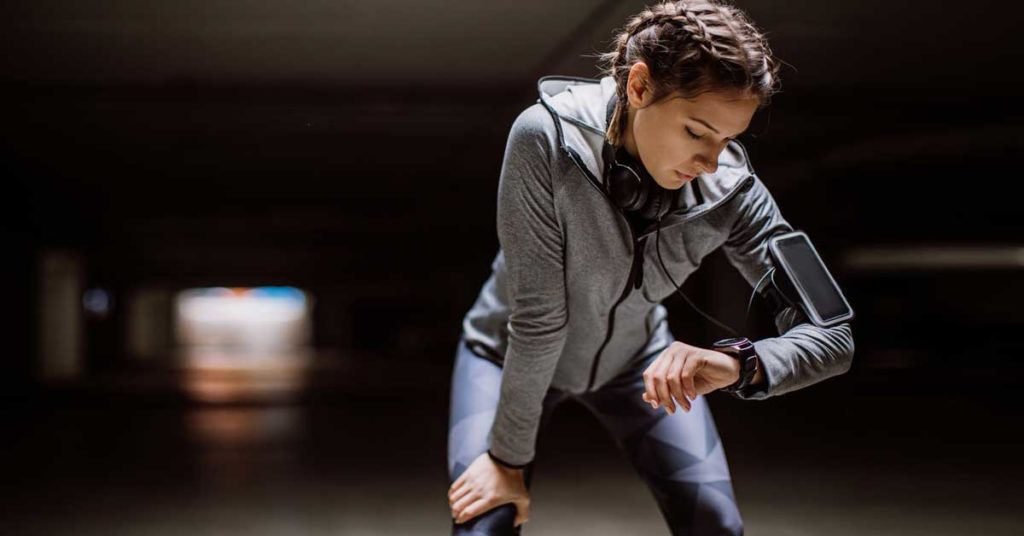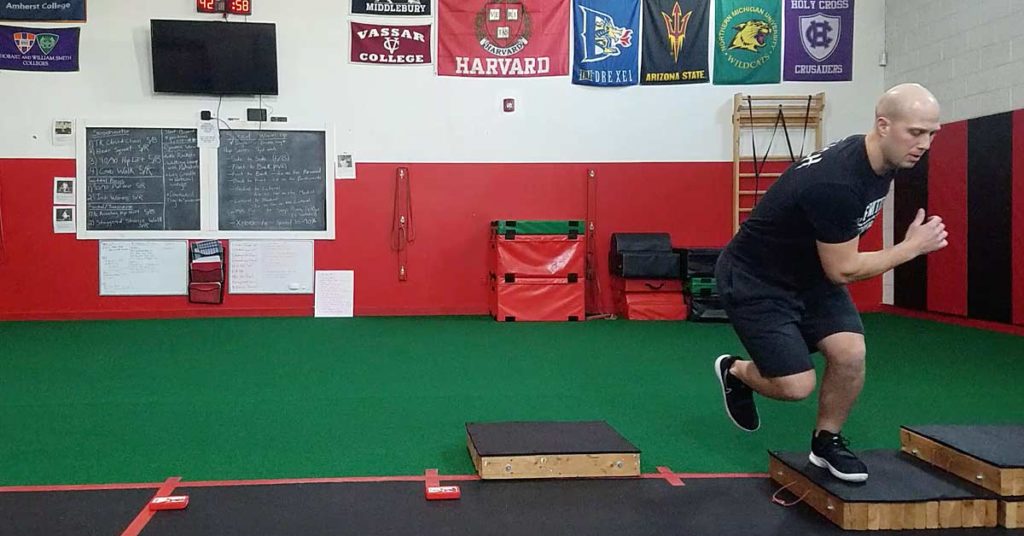
The primary goal of strength coaches is to develop athletes who are fast, powerful, and strong on the field. To that end, over the years there has been a significant emphasis on the strength portion. As far as the power side, most strength coaches have used Olympic lift variations, traditional plyometrics, or a combination of both. Although you should include these types of drills in your training program, these movements do not account for all of the change of direction patterns we see on the field.
Athletic movement is performed in specific patterns. When an athlete moves from one position to another, they need to create power during this transition or link movement patterns. To bridge the gap between training in the gym and playing the sport, coaches need to understand patterns of movement, which they can use to improve patterns of multidirectional power.
Video 1. This video demonstrates the linking of movement patterns that may happen in sport. It also shows the point at which athletes need to produce power to effectively change direction and accelerate.
Sport Practice Isn’t Enough
Wait, won’t an athlete get enough of this from playing their sport?
Possibly, but not likely. There are a few missing pieces from just practice alone. First, we need to look at the coordination aspect. What I mean by that is good athletic movement can be defined as choosing the appropriate movement pattern at the appropriate time and executing it exactly as you want to.
Good athletic movement can be defined as choosing the appropriate movement pattern at the appropriate time and executing it exactly as you want to. Share on XThe key part of that is executing the movement at exactly the angle and position you want. In practice, a defender may perceive the correct movement, but miss the angle at which to execute the movement—which may allow the offensive player to get past them. This particular defender may continue to lack coordination of a particular movement skill despite playing a sport for a decade. So, if practice is the answer, why is this athlete still deficient in a particular movement?
You also need to consider the intent of the drill. In order to improve speed and power, the quality of the training has to be high. If an athlete is not moving at 95% or higher of their maximal output, then we are not actually improving top end speed and power. In a sport practice, the athlete may perform drill after drill without getting adequate recovery between them. This will automatically decrease performance intensity due to fatigue. Training multidirectional power in a controlled setting allows the coach to choose the particular exercises, as well as the sets and reps, to ensure the highest possible quality and intent.
Understanding Patterns of Speed
Before going further into multidirectional plyometrics, let’s first understand the foundational patterns of movement we see in sports. Along with linear acceleration and sprinting, athletes move in one, or often a combination, of these patterns.
Plyo Step
The plyo step, sometimes called a “drop step,” occurs when an athlete begins in a position with their feet in line with one another. Think of a linebacker in football before a snap or an infielder in baseball. In a sense, the athlete begins in what we know as an “athletic position”—from this position, they are able to move in any direction. For the plyo step, the athlete sprints forward from this stance, and to create a more positive shin angle, the athlete steps backward in order to go forward. If we just fall, the movement is too slow, and we cannot create the same angles of force.
Video 2. Here you can see how an athlete punches one foot backward in order to move forward. This is a more effective way to accelerate from a parallel stance than just leaning forward and taking a step.
Lateral Shuffle
We are all very familiar with the lateral shuffle. From an athletic position, the athlete pushes off of the outside leg and pulls with the lead leg.
Lateral Run
Some coaches may term this a “crossover run.” This pattern is used when an athlete requires more speed than a lateral shuffle. The shoulders stay relatively square while the hips turn to the side.
Video 3. Athletes perform lateral runs all the time in sport. The athlete stays square to the play or the opposing player while their hips face the direction that they move.
Hip Turn
A hip turn occurs any time an athlete needs to move behind them at any angle. Athletes punch a foot in front of themselves in order to create an angle of force to move backward. As they initiate the punch, the other leg repositions itself to allow the athlete to move backward efficiently. A couple of examples of this are a cornerback in football repositioning to defend a wide receiver sprinting past them and a baseball outfielder tracking a ball overhead.
Video 4. In a hip turn, notice how the foot punches in front of the body to allow the opposite leg to reposition to the angle the athlete needs to move.
Curvilinear Running
In sport, athletes don’t always run in straight lines. Often, they run in various curved angles, as they try to get to the edge around a defender. In these instances, we will notice them leaning toward the inside of the turn and utilizing both the inside and outside edges of the feet. When they use these types of speed patterns in combination, the movement possibilities are endless. In other words, athletes need to produce power at every possible angle.
In other words, athletes need to produce power at every possible angle. Share on XIn a typical plyometric program, you’ll probably see countermovement jumps, broad jump variations, depth jumps, and lateral bounds. These are all great and play a role in enhancing speed and power, but what are the angles at which coaches have athletes perform these jumps? Typically, they are done straight up and down (countermovement jumps), straight ahead (broad jumps), or directly to the side (lateral bounds).
How often in reactive sports will someone be moving in exactly these positions? Not often. That’s why we need to add different directions and angles of power to match the patterns we see in competition.
Use Closed Drills as a Movement Assessment
Athletes need to perform multidirectional plyometrics in a closed drill fashion for us to see if they have weaknesses in any particular position or angle. Over the past 10 years, I’ve trained quite a few athletes, and by having them just do a reactive hip turn drill where I point to one side or the other, I can tell which side of the field they play. Any defender who plays on the right side is much better at performing a hip turn to their right as opposed to their left because that is the side to which they are more likely to turn in practice and competition.
What if this player is asked to move to the other side of the field? As a coach, you need to make sure this athlete is prepared for this by including retreating patterns of power development within your plyometric program. Relying on countermovement jumps and lateral bounds is not enough to address this specific pattern of movement.
Reverse Engineer the Sport
The next step is figuring out exactly how we go about improving power in all planes and angles. The whole purpose of this type of plyometric system is to reverse engineer the sport. First, based on the position the athlete plays in their sport, figure out which patterns of power they utilize most often. Defenders will need to excel at any angle moving laterally as well as backward; forwards (or an offensive player) will need to excel at any angle moving forward as well as laterally.
I’ll continue using the example of a defender. Can they produce power well moving from both the left to the right and the right to the left? From there, begin to change the angle. Can they move well to the left and angle back to the right? How about the other side? Based on these answers, it’s up to you as the coach to choose the appropriate drill for the athlete. Give the athlete the best chance to excel in sport by adding more movement skills and power to their movement toolbox.
Once you think about reverse engineering the sport, it seems logical to incorporate multidirectional plyometrics into your training system. I see a lot of coaches incorporate extensive jumps at different angles into their training, but then only include intensive countermovement jumps, broad jumps, and lateral bounds. One of the reasons more coaches don’t utilize this method is because it is difficult to measure. It’s easy to test a broad jump or vertical jump, but how do you measure better quality movement? It is possible using any device that measures ground contact time.
Once you think about reverse engineering the sport, it seems logical to incorporate multidirectional plyometrics into your training program. Share on XI use the gFlight v2 to get a reading on ground contact time. I have the athlete step down off a box, punch the ground with a single foot, and land with the opposite foot on a low box at the angle or position of my choosing. Make sure to keep the box the athlete is landing on at a standard angle and distance from the point of contact on the ground. With the distance fixed, we can see improvement in power if the ground contact time decreases.
Video 5. Since power is a result of force/time, we are able to track lateral power using this test. If the distance remains the same, but the time on the ground decreases, we can infer that the athlete created more lateral power. You can also have athletes perform this test at different angles to test power in multiple directions.
Focus on Decreasing Time on the Ground
Power is a combination of force and time. Too many plyometric programs focus on the force side of power production instead of on minimizing the time of power production. Both force development, which involves longer ground contact time, and drills focusing on decreasing ground contact time should be a part of training, but the large majority of training programs fail to adequately focus on decreasing ground contact time.
When the focus is always on height or distance, the angle of the shin becomes more upright. Changing directions quickly is about keeping a more positive shin angle to direct force more horizontally. If coaches continue to have athletes focus solely on creating distance, they will ingrain a pattern that is not optimal for coordinating movement patterns.
Video 6. This shows a focus on minimizing time on the ground as opposed to more of a jump and land with a focus on maximizing distance. This is more specific to the types of movements an athlete utilizes when changing direction.
Train Unilaterally
Another key to improving on-field speed and power is training power unilaterally. Often, this means planting a single leg into the ground to throw an opposing player off balance or, as a defender, reacting to that type of movement. Despite this, just about all plyometric programs stick to only bilateral jumps.
Am I asking people to go right to single-leg depth jumps? Absolutely not! But we do need to get athletes used to planting and punching off of a single leg. If we really want to use the term “physical preparation coach,” we need to prepare athletes for the angles of force and the positions they will see in competition. Once again, if you have the mindset that they get this enough in sport, you will fail to ever notice if they lack a particular pattern of multidirectional power.
Video 7. Patterns of power need to be developed at different angles. In this video, you’ll see a lateral to forward pattern of power. The athlete moves laterally and then punches into the ground to direct himself forward. Also notice the angle of the punch changes to address the different angles that will happen in competition.
Video 8. This is a similar concept as the lateral to forward pattern of power, except this time the force is directed backward in a retreating pattern.
Develop Positional Strength
A phrase I heard recently that I love is “your body can only produce force in positions in which it can absorb force.” If you watch an athlete, and it looks like they get stuck in the mud during a change of direction, they could be lacking the positional strength with which to absorb and redirect force.
There are three different factors that dictate the position of the athlete when changing direction:
- Speed: What is the speed at which the athlete is moving before they change direction? If an athlete performs a single lateral shuffle before changing direction back the other way, they do not have a lot of speed built up, so the change of direction isn’t as physically demanding as sprinting 15 yards and then having to slam on the brakes and go the other direction.
- Angle: What is the angle at which the athlete is changing direction? If an athlete sprints 5 yards straight ahead and then cuts forward at 45 degrees, that movement will be easier to execute than sprinting 5 yards and then cutting backward at 45 degrees.
- Strength: The strength of the athlete also dictates the position. Stronger athletes can stop at higher hip and knee angles than weaker athletes can. A deep hip and knee angle will take longer to accelerate than a higher hip and knee angle.
Creating Transfer
If the true goal of sports performance is to create transfer for the athlete, we have to start taking into account not just the strength and conditioning requirements, but also the movement requirements of different sports and different positions in those sports.
The term ‘sport specific’ should be synonymous with ‘movement pattern specific.’ Share on XThe term “sport specific” should be synonymous with “movement pattern specific”—if we think about sport in this way, multidirectional plyometrics should be a part of every athlete’s program in some way.
Since you’re here…
…we have a small favor to ask. More people are reading SimpliFaster than ever, and each week we bring you compelling content from coaches, sport scientists, and physiotherapists who are devoted to building better athletes. Please take a moment to share the articles on social media, engage the authors with questions and comments below, and link to articles when appropriate if you have a blog or participate on forums of related topics. — SF


